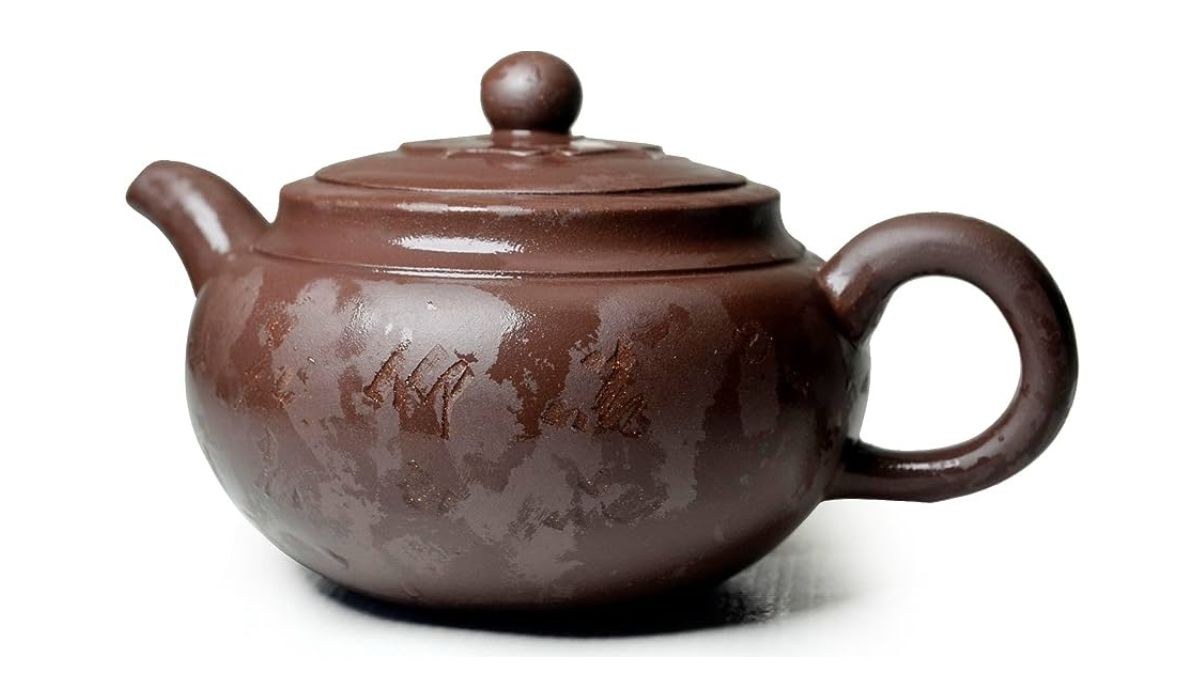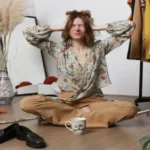For ages, people all around the world have praised tea for its calming effects and broad variety of delicious flavours. And the tea kettle is the central object in this age-old custom. The humble teapot has evolved into a symbol of tradition, refinement, and the art of hospitality.
A Brief History
It was in Tang Dynasty China (618-907 AD) that the teapot was first used. The steeping pots used by Chinese tea connoisseurs ranged from bronze and porcelain to other materials. Tea pots have come a long way from their primitive beginnings, with their design and usefulness giving way to the sophisticated vessels we use today.
A teapot originated in China, but it quickly found its way to Japan, Europe, and the rest of the world as the consumption of tea became more widespread. A wide variety of stunning tea pot shapes and styles emerged as the result of the incorporation of regional aesthetics and cultural subtleties.
Form Meets Function: The Beauty of Design
The beauty of the tea pot comes from the intersection of its cultural significance and its aesthetic flexibility. A tea pot’s shape and structure are deliberate choices made to improve its usability. The handle provides a firm grip for controlled pouring, and the wide base facilitates even heat distribution and rapid brewing.
The spout, a seemingly little part of the pot, can have a significant impact on the tea’s flow and the pot’s aesthetics in a number of different ways. Meanwhile, the lid, which is typically ornamented with a knob or grip, does its job of keeping the tea hot and secure. The tea pot is a versatile object, with designs ranging from simple functional vessels to elaborate works of art.
Symbol of Culture and Tradition
The teapot is more than just an object used to brew tea; it also represents important cultural symbols. The tea pot is an integral part of the tea ritual, which is highly esteemed in both China and Japan. The delicate lines and understated simplicity of the tea pot embody the ideals of harmony, respect, purity, and tranquilly that are central to the ceremonial.
The tea pot is at the centre of the British tradition of afternoon tea, which honours companionship and leisure. Typical English teapots include lovely flower designs that reflect the country’s penchant for sophistication.
Preserving Traditions in Modern Times
The teapot retains its charm even in the modern, fast-paced world, where convenience is sometimes prioritised over heritage. Even though teabags and instant tea are widely available, nothing can compare to the classic appeal of boiling tea in a traditional pot. Tea preparation in a tea kettle is a meditative ritual that encourages one to slow down and appreciate the moment.
Many tea drinkers also value the adaptability of their tea pots. Tea aficionados may make the ideal cup of tea every time by matching their tea kettle to the precise tea leaves they use.
Conclusion
As we go through history, the teapot serves as a symbol of the timeless sophistication of the tea ceremony. Its aesthetic and symbolic value have made it a highly prized possession across the globe.
So, the next time you grab the tea pot’s fine handle or watch the liquid slowly trickle out of the spout, pause to think about the art and history that is contained therein. It’s more than just a receptacle; it’s a container for the basic pleasures of life, like a warm cup of tea shared with loved ones.











